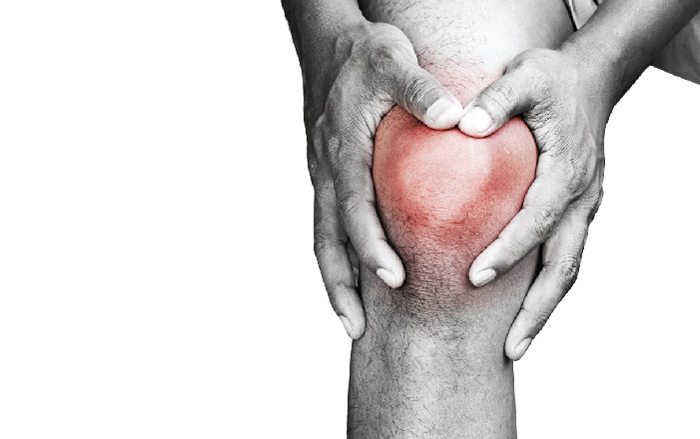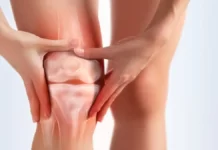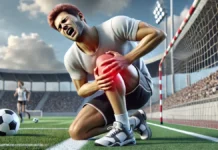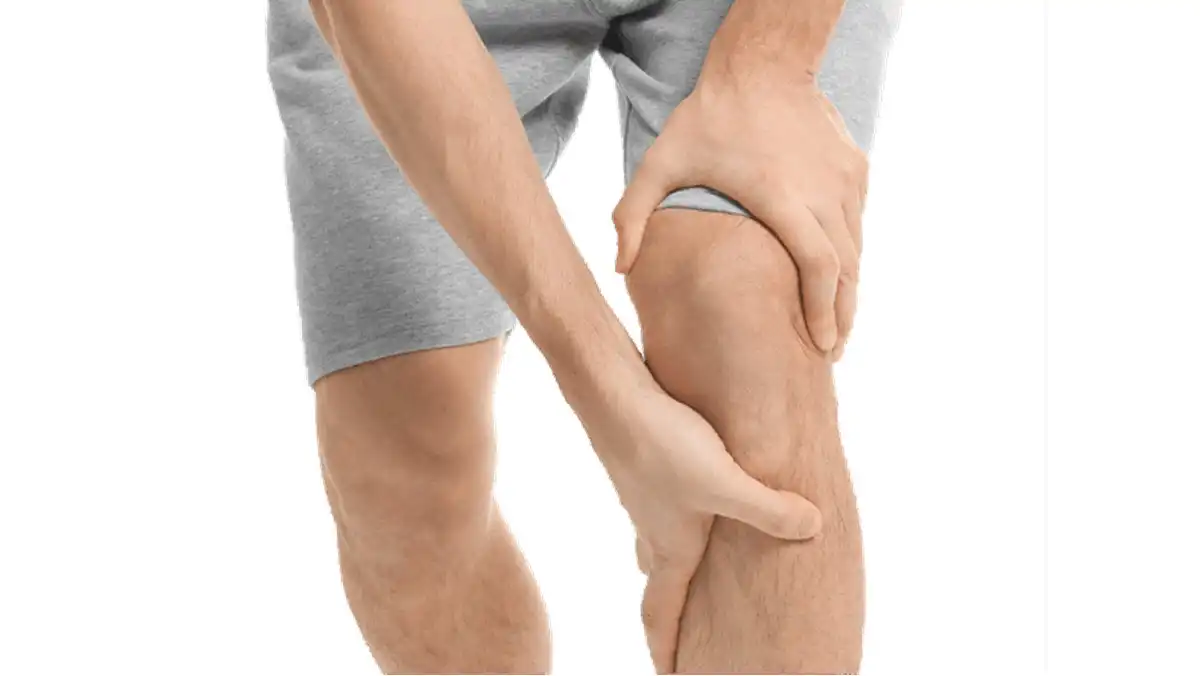Your kneecap rests on the front of the knee joint. When you bend or straighten your knee, the underside of the kneecap slides over the bones that make up the knee.
Strong tendons help attach the kneecap to the bones and muscles around the knee.
These tendons are called:
- The patellar tendon (where the kneecap attaches to the shinbone)
- The quadriceps tendon (where the thigh muscles attach to the top of the patella)
Anterior knee pain starts when the kneecap does not move properly and rubs against the lower thigh bone.
This can happen because:
The kneecap is in an abnormal position (also called patellofemoral joint misalignment).
- There is a contraction or weakness of the muscles in the front and back of your thigh.
- You do too much activity that puts extra stress on the patella (such as running, jumping or twisting, skiing or playing football).
- The groove in the femur where the patella normally rests is too narrow.
- You have flat feet.
What are the causes of anterior knee pain?
- Chondromalacia of the patella – the softening and breakdown of the tissue (cartilage) on the underside of the kneecap
- Runner’s knee – sometimes called patellar tendonitis
- Lateral compression syndrome – the patella is located further outside the knee
- Quadricep tendonitis – pain and tenderness in the quadriceps tendon at the kneecap
- Patellofemoral syndrome – instability of the patella at the knee caused by misalignment of the knee
Anterior knee pain is more common in:
- People who are overweight
- People who have had a dislocation, fracture or other injury to the patella
- Runners, jumpers, skiers, cyclists and footballers who exercise frequently
- Healthy teenagers and young adults, more often girls
Symptoms
Anterior knee pain is a dull, throbbing pain that is most often felt:
- Behind the kneecap (patella)
- Below the kneecap
- On the sides of the patella
- A common symptom is a grating sensation when the knee is bent (when the ankle is brought closer to the back of the thigh).
The symptoms may be more noticeable with
- Deep knees
- Walking down stairs
- Running downhill
- Standing up after sitting for a while
Recommendation
Recommendations
- Change the way you exercise.
- Learn exercises to strengthen and stretch the quadriceps and hamstrings.
- Learn exercises to strengthen your core.
- Lose weight (if you are overweight).
- Use special shoe inserts and support devices (orthotics) if you have flat feet.
- Tap your knee to realign the kneecap.
- Wear the right running or sports shoes.






















